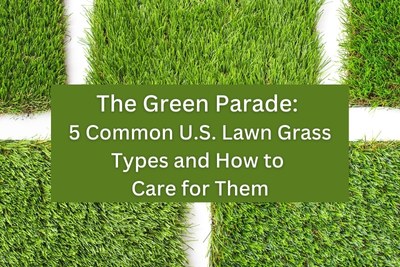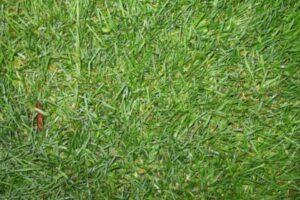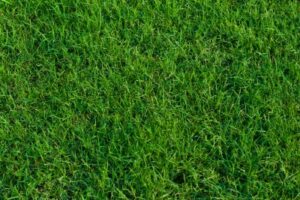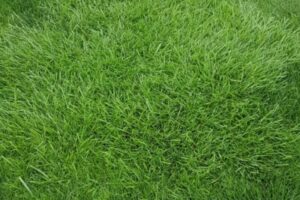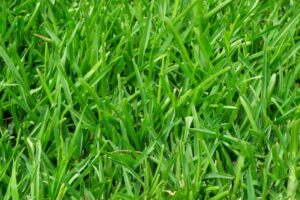For some, the sweet hum of the lawnmower, the smell of fresh-cut grass, and the satisfying sight of perfectly mowed, uniform stripes mark the apex of domestic pleasure. For others, it’s the love of nurturing a soft carpet of greenery that the whole family can enjoy. In both cases, understanding the grass beneath your mower is essential. With the right knowledge, the joy of mowing can transform into the joy of growing.
In this blog post, we’ll explore the five most common lawn grass types across the U.S., their key characteristics, advantages, and care requirements. This lawn-enthusiast’s guide will help you choose the best grass for your region and lifestyle and enhance your mowing experience.
- Kentucky Bluegrass (Poa pratensis)

Common in the Northern states and regions with cold winters, the Kentucky Bluegrass is a perennial favorite amongst lawn owners. It’s renowned for its beautiful dark green to bluish hue and dense, carpet-like growth.
Advantages: This grass type is hardy, recovering quickly from damage and periods of drought. It thrives in full sun but can also tolerate some shade.
Caring Requirements: Regular watering and a fertile, well-drained soil help this grass thrive. During the summer, mow at a height of about 2.5-3 inches to promote deeper roots and a healthier lawn.
- Bermudagrass (Cynodon dactylon)

Hailing from the Southern states, Bermudagrass is known for its heat tolerance and aggressive growth, making it a common choice for sports fields and golf courses.
Advantages: It’s an excellent choice if your lawn experiences heavy foot traffic as it can quickly recover from wear. It also tolerates drought and heat exceptionally well.
Caring Requirements: Bermudagrass prefers full sun and well-drained soil. Regular mowing (1 to 1.5 inches height) during the growing season keeps this grass type healthy and lush.
- Tall Fescue (Festuca arundinacea)

Tall Fescue thrives in the “transition zone”—regions such as the Midwest and parts of the Northeast and Pacific Northwest, where the climate isn’t strictly cool or hot.
Advantages: Known for its deep root system, Tall Fescue is drought-resistant and requires less irrigation than many other species. It also adapts well to various soil types.
Caring Requirements: It needs less frequent mowing and can be kept at a height of about 2.5-3 inches. Regular feeding with a nitrogen-rich fertilizer will keep it in top shape.
- St. Augustine Grass (Stenotaphrum secundatum)

Popular in the Deep South and Gulf Coast areas, St. Augustine grass is a robust, warm-season turfgrass known for its wide blades and dark green color.
Advantages: This grass type is ideal for shady lawns and salt-tolerant, making it a great choice for coastal areas. It also forms a dense cover, helping to crowd out most weeds.
Caring Requirements: Water regularly, especially during dry periods. Mow at a height of 2.5-4 inches. St. Augustine Grass requires a good amount of nutrients, so feed it with a high-nitrogen fertilizer.
- Perennial Ryegrass (Lolium perenne)

Predominantly found in the Northern states, Perennial Ryegrass is a cool-season grass admired for its fine texture and fast growth rate.
Advantages: Its quick germination time makes it an excellent choice for overseeding lawns in the fall. It’s also tolerant of high foot traffic.
Caring Requirements: Regular watering and feeding help it to thrive. Keep your mower height around 2-3 inches during peak growing season.
Understanding the grass beneath your feet (and mower) can help you create a lawn that’s not only a joy to mow but a space that your family and community can enjoy. Whether you’re in the sweltering South or the cool North, there’s a grass type that’s perfect for you. As always, mow responsibly and don’t forget to enjoy the ride!
As always, be sure to check with your local independent dealer for more information.

